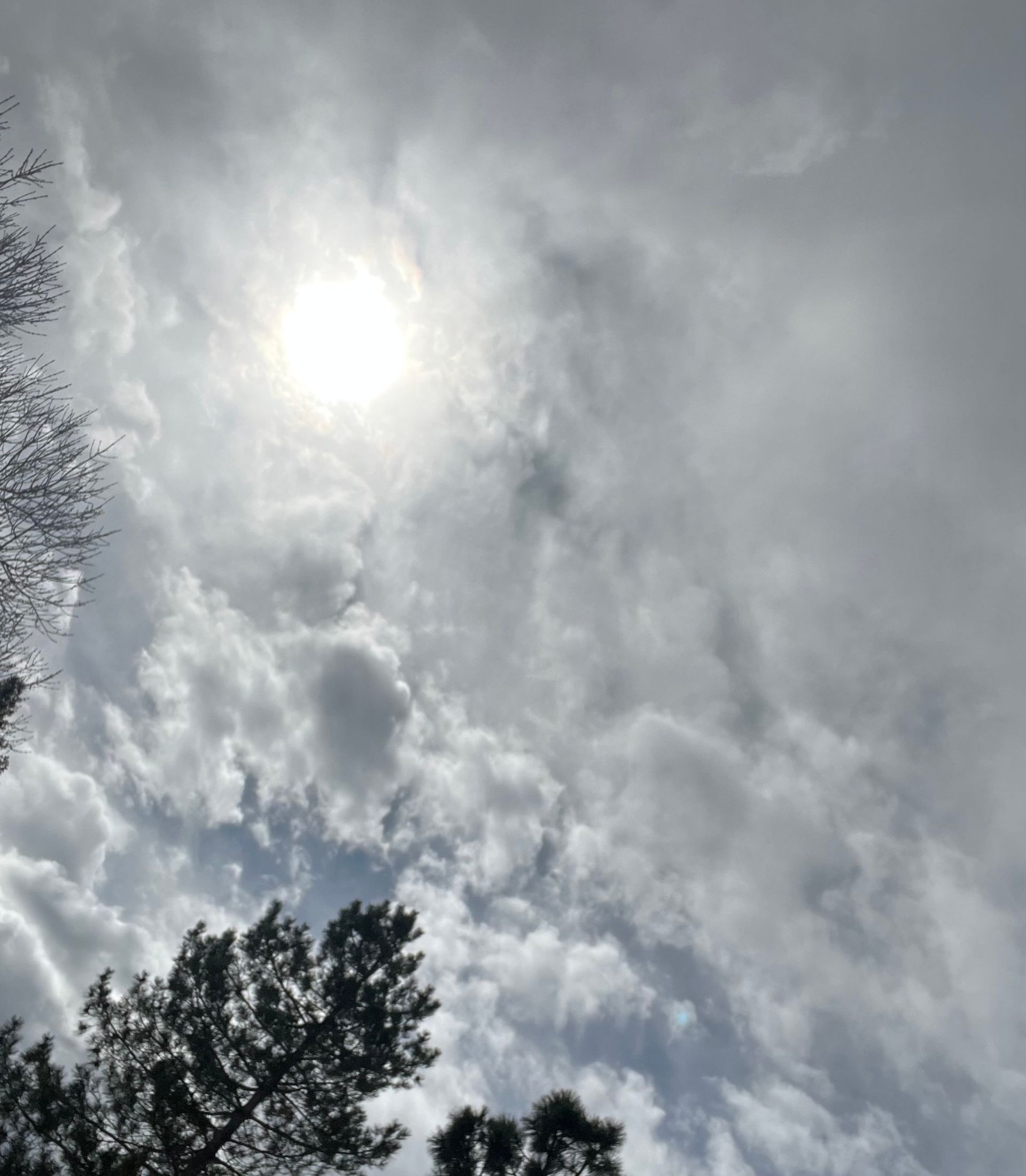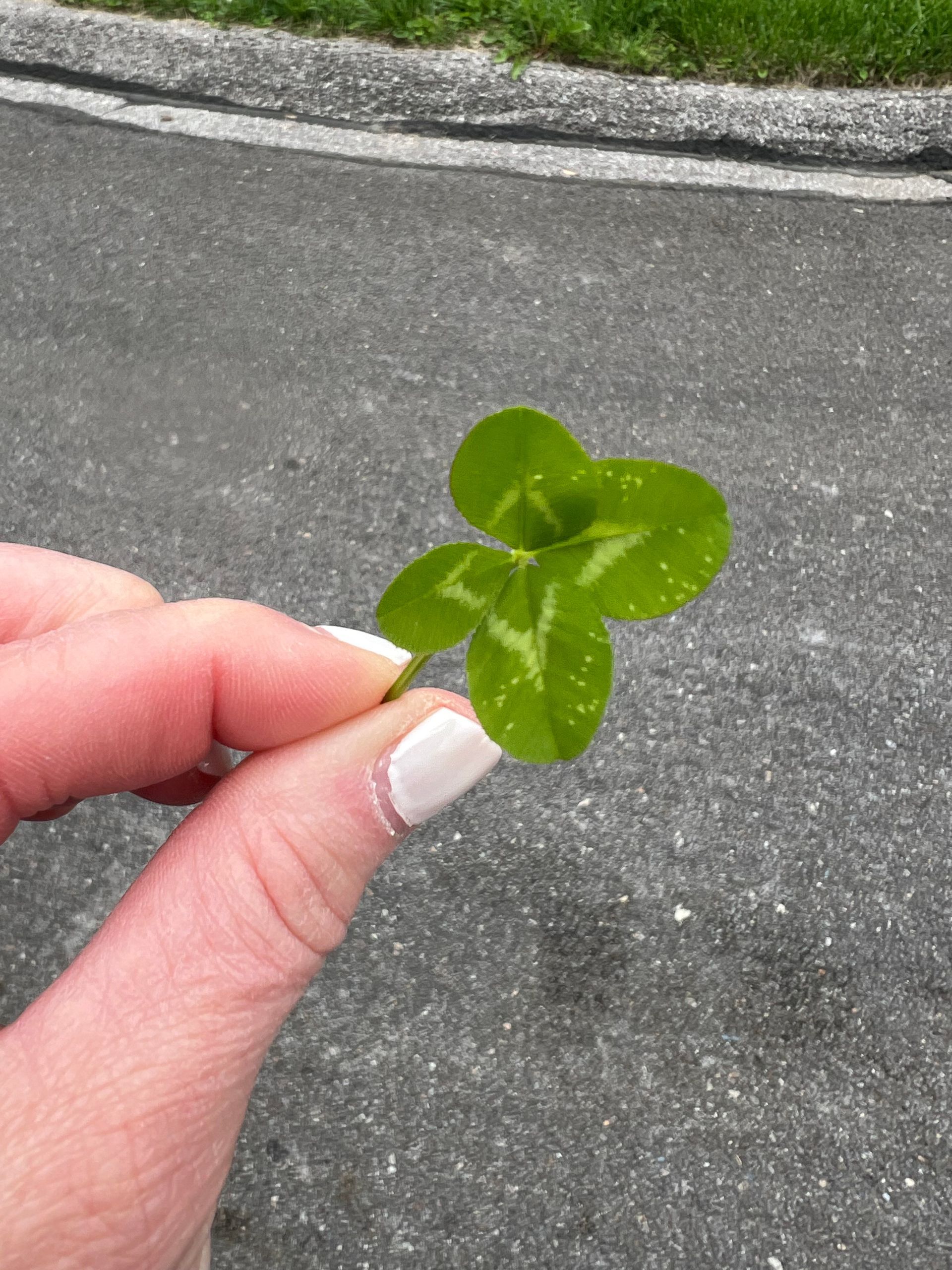Bells for 2020 Christmas
Recently…we found ourselves searching for “bells…” Not clanging…but ringing BELLs!!
Bells of the season…Bells of HOPE!
From a very young age and on through the years I would often hear my Dad resonate with the song of “Silver BELLs”. Many times he would share a small tidbit of a story sometimes even relating it to his time of serving our country via being drafted in the Korean War. Deep introspection and reflection of HOPE would be quietly evident in these moments. The opportunity of taking time to “LISTEN” for and “HEAR” those beautiful holiday bells seemed to touch a deep place within his soul.
Fast forwarding to shortly after his death, my Mom had Steeple Bells installed at their local neighborhood church, (where they had met some 60 plus years earlier), as a memorial to celebrate their years together. They clearly LOVED bells.
Not long ago, Brian and I attended a funeral at the same sanctuary and literally “HEARD the BELLs” what a beautiful gift of nostalgia…and HOPE!!
We seek HOPE and desire to soar to happiness…BUT HOW?? Soaking in and even speaking steadily with peace but again, HOW? In the middle of this pandemic, a story of long ago began to clang through our hearts and minds. So while we are all reflecting back on this year of pandemic… How many “personal pandemics” of others might we learn from? How many of our loved ones and perhaps even acquaintances have indeed been nearly forced to face pandemics of their own, some public, and other situations hidden from the outer world??
Blessings & Gratitude has been a true focus as we have sought to navigate this COVID filled year… But how challenging and honestly… difficult it can be at times to LIVE out positivity in daily life when the swirl of “STRUGGLES” feels overwhelming and unbearable. We ALL face issues and emotionally tsunami like seasons…some similar to one another, some we hear of and we cannot imagine…
The following piece is The True Story of Pain and Hope Behind “I Heard the Bells on Christmas Day” in an excerpt written by Justin Taylor in December of 2014…
In March of 1863, 18-year-old Charles Appleton Longfellow walked out of his family’s house on Brattle Street in Cambridge, Massachusetts, and—unbeknownst to his family—boarded a train bound for Washington, D.C., traveling over 400 miles across the eastern seaboard in order to join President Lincoln’s Union army to fight in the Civil War.
Charles (b. June 9, 1844) was the oldest of six children born to Fannie Elizabeth Appleton and Henry Wadsworth Longfellow, the celebrated literary critic and poet. Charles had five younger siblings: a brother (aged 17) and three sisters (ages 13, 10, 8—another one had died as an infant).
Less than two years earlier, Charles’s mother Fannie had tragically died after her dress caught on fire. Her husband, awoken from a nap, tried to extinguish the flames as best he could, first with a rug and then his own body, but she had already suffered severe burns. She died the next morning (July 10, 1861), and Henry Longfellow’s facial burns were severe enough that he was unable even to attend his own wife’s funeral. He would grow a beard to hide his burned face and at times feared that he would be sent to an asylum on account of his grief.
When Charley (as he was called) arrived in Washington D.C., he sought to enlist as a private with the 1st Massachusetts Artillery. Captain W. H. McCartney, commander of Battery A, wrote to Henry Wadsworth Longfellow for written permission for Charley to become a soldier. HWL (as his son referred to him) granted the permission.
Longfellow later wrote to his friends Charles Sumner (senator from Massachusetts), John Andrew (governor of Massachusetts), and Edward Dalton (medical inspector of the Sixth Army Corps) to lobby for his son to become an officer. But Charley had already impressed his fellow soldiers and superiors with his skills, and on March 27, 1863, he was commissioned as a Second Lieutenant in the 1st Massachusetts Cavalry, assigned to Company “G.”
After participating on the fringe of the Battle of Chancellorsville in Virginia (April 30-May 6, 1863), Charley fell ill with typhoid fever and was sent home to recover. He rejoined his unit on August 15, 1863, having missed the Battle of Gettysburg (July 1-3, 1863).
While dining at home on December 1, 1863, Henry Wadsworth Longfellow received a telegram that his son had been severely wounded four days earlier. On November 27, 1863, while involved in a skirmish during a battle of the Mine Run Campaign, Charley was shot through the left shoulder, with the bullet exiting under his right shoulder blade. It had traveled across his back and skimmed his spine. Charley avoided being paralyzed by less than an inch.
He was carried into New Hope Church (Orange County, Virginia) and then transported to the Rapidan River. Charley’s father and younger brother, Ernest, immediately set out for Washington, D.C., arriving on December 3. Charley arrived by train on December 5. Henry Wadsworth Longfellow was alarmed when informed by the army surgeon that his son’s wound “was very serious” and that “paralysis might ensue.” Three surgeons gave a more favorable report that evening, suggesting a recovery that would require him to be “long in healing,” at least six months.
On Christmas day, 1863, Longfellow—a 57-year-old widowed father of six children, the oldest of which had been nearly paralyzed as his country fought a war against itself—wrote a poem seeking to capture the dynamic and dissonance in his own heart and the world he observes around him. He heard the Christmas bells that December day and the singing of “peace on earth” …but he observed the world of injustice and violence that seemed to mock the truthfulness of this optimistic outlook. The theme of listening recurred throughout the poem, eventually leading to a settledness of confident hope even in the midst of bleak despair.
I heard the bells on Christmas Day
Their old, familiar carols play,
And wild and sweet The words repeat
Of peace on earth, good-will to men!
I thought how, as the day had come,
The belfries of all Christendom
Had rolled along The unbroken song
Of peace on earth, good-will to men!
And in despair I bowed my head;
“There is no peace on earth,” I said;
“For hate is strong, And mocks the song
Of peace on earth, good-will to men!”
Yet pealed the bells more loud and deep:
“God is not dead, nor doth He sleep;
The Wrong shall fail, The Right prevail,
With peace on earth, good-will to men.”
Then ringing, singing on its way,
The world revolved from night to day,
A voice, a chime, A chant sublime
Of peace on earth, good-will to men!
HWL, 1863
Wow! Knowing the backstory, the history, that led to the writing of the song makes it a little more relatable. Death, injury with lifelong scars, illness, war, battle wounds leading to near paralysis…and Henry Wadsworth Longfellow finally HEARD HOPE through the bells on that Christmas DAY. Can you relate?? I think we all can…not to the exact degree or the same scenario as Longfellow…but we have all dealt with disappointment, death…the unprecedented times of 2020.
Regardless of what Winter Holiday you celebrate, COVID…has changed everything! Given the surrounding chaos…will you allow the negativity to overcome you and carry you into 2021?
How about if we all take a breath…an extra breath to listen for HOPE while seeking the absolute BEST & BEAUTIFUL? This is possible…Now…ponder this…Will you?
Can you HEAR THE BELLS ON this CHRISTMAS DAY?? Will you invite them to ring and resonate you into 2021…
Are BELLs of HOPE invited to ring in your heart and soul?
Will you risk and seek fresh ways to feel secure and whole?
© 2020 Kathleen Bauer, Ed D
Alongside her husband B

The post Bells for 2020 Christmas appeared first on Loving Lifelong Learning.





